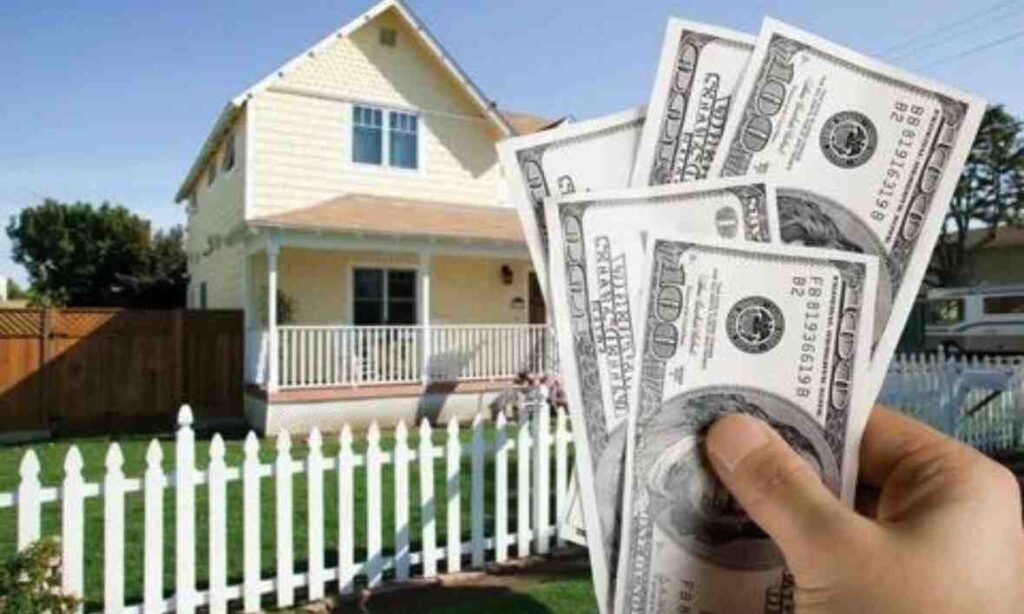Selling a house can be a significant financial decision, and one of the key factors that determine the outcome is the condition of the property. When selling a house “as is,” it means that the seller is not willing to make any repairs or improvements to the property before the sale. While this can save you time and effort, it can also potentially result in financial losses. In this article, we’ll explore the concept of selling a house “as is,” the advantages and disadvantages, and how much you might lose when taking this approach.
Selling “House As Is”: What Does It Mean?
Selling a house “as is” is a way of indicating to potential buyers that you’re not willing to invest in any repairs, upgrades, or renovations. In essence, the property is being offered in its current condition, with all its flaws and issues, and the seller won’t be addressing any of them. Buyers are aware of these conditions, and they should expect to take on the responsibility for any necessary repairs.
Read More: Is Prepaid Insurance An Asset
The Advantages of Selling a House as is
- Saves Time and Effort: One of the most significant advantages of selling a house “as is” is the time and effort it saves. You don’t have to worry about fixing up the property, which can be particularly beneficial if you’re in a hurry to sell.
- Transparent Transaction: Selling “as is” is a transparent approach, as you’re upfront about the condition of the property. Buyers know what they’re getting into and can make informed decisions.
- Avoiding Renovation Costs: You won’t have to invest money in repairing or renovating the property, which can be a financial relief, especially if you’re dealing with a house that needs significant work.
The Disadvantages of Selling a House as is
- Reduced Property Value: When you sell a house “as is,” you’re likely to get a lower price for the property. Buyers factor in the cost of potential repairs and renovations when making their offers.
- Limited Buyer Pool: Selling “as is” can limit your pool of potential buyers. Many buyers prefer move-in-ready homes, so you may only attract investors or those looking for a fixer-upper.
- Haggling and Negotiation: Buyers will often negotiate more aggressively when purchasing an “as is” property, aiming to reduce the price even further to cover future repairs.
- Legal Requirements: Depending on your location, you may have to disclose known issues with the property, which can further limit your pool of potential buyers.
How Much You Might Lose
The amount you might lose when selling a house “as is” depends on various factors:
- Property Condition: The extent of necessary repairs and renovations plays a significant role. A house with minor cosmetic issues will likely lose less value than one with structural or systemic problems.
- Local Real Estate Market: The state of the local real estate market can impact your potential losses. In a strong seller’s market, you might recoup more of the value, while a buyer’s market can lead to more substantial losses.
- Property Location: Location is a crucial factor in real estate. A desirable location can mitigate some of the losses associated with an “as is” sale.
- Buyer Negotiation: Buyers will negotiate based on the property’s condition. Their negotiation skill can affect how much you ultimately lose.
- Initial Property Value: The initial value of the property before factoring in its condition will also influence your potential losses.
- Disclosure Requirements: Legal requirements regarding property condition disclosure vary by location and can affect the sale process and the amount you might lose.
Read More: Tips for Cutting Home Insurance Costs in Atlanta
Mitigating Losses
While selling “as is” may lead to some loss in property value, there are steps you can take to mitigate these losses:
- Price It Right: Price the property competitively to attract potential buyers. Research the local market and set a reasonable asking price.
- Transparency: Be transparent about the property’s condition and issues to build trust with potential buyers.
- Consider Small Repairs: While you may not want to invest in significant renovations, consider making small, low-cost repairs that can improve the property’s appeal.
- Negotiate Wisely: Be prepared for negotiation and be strategic in handling offers and counteroffers.
- Work with a Realtor: A real estate agent can provide valuable insights into pricing and marketing strategies to minimize losses.
Conclusion
Selling a house “as is” can save you time and effort, but it often comes at the cost of a lower selling price. How much you might lose depends on various factors, including the property’s condition, location, and the local real estate market. To minimize potential losses, it’s crucial to be transparent, price the property competitively, and consider small improvements where feasible. Ultimately, the decision to sell “as is” should align with your priorities, whether they’re centred on a quick sale or maximizing profit.
Read More: How to Access Funds from a Trust

